About the Flag
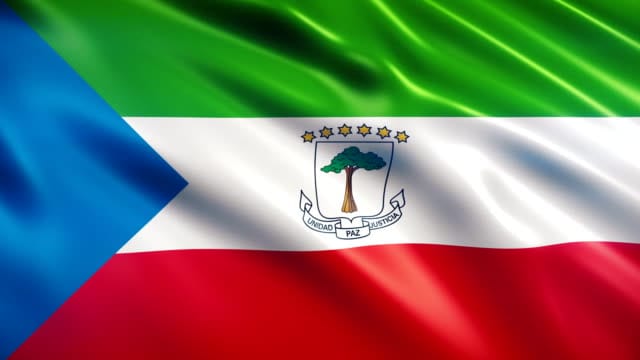
The flag of Equatorial Guinea is made up of green, white, and red stripes with a blue triangle coming from the left side.
- The blue represents the sea that connects the islands of Equatorial Guinea with the mainlands.
- The green represents the natural resources and jungles of the country.
- The white represents peace.
- The red represents the blood of people that fought for the country.
The coat of arms is on the center of the flag, in the middle of the white stripe! It’s a fairly simple Coat of Arms, and is very easy to dissect.
The Coat of Arms shows a silk cotton tree on it, which represents where the first treaty was signed by the local ruler and Spain centuries ago. Above the tree are 6, 6-pointed stars which represent the mainland region and the 5 islands of the country.
The banner underneath the tree reads “unity, peace, and justice” in Spanish.
On the Menu
- Succotash
- Grilled Trout
Fun Facts

- Equatorial Guinea is the only Spanish-speaking country on the African continent.
- There are many monkeys in Equatorial Guinea, but the national animal is actually the giraffe!
- The country celebrated its 50th year of independence from Spain in 2018.
- See below for a fun fact on the Olympic Victory in the 2000 Olympic Games.
- The country seems to be pretty expensive, with hotels averaging about $200 a night.
Geography
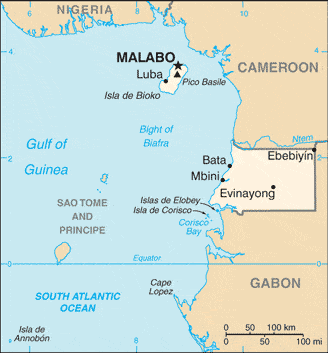
Surprisingly, Equatorial Guinea is not truly located on the Equator… It’s actually a few degrees north of the equator! It borders Gabon and Cameroon.
The mainland part of the country is called Río Muni. This portion contains about 80% of the country’s population.
There are also 5 island regions of Equatorial Guinea. Bioko and Annobón are off the west coast of the African continent. The country also owns the island of Corsico and Big and little Elobey Islands.
The country has 7 provinces, and the capital is on Bioko island, 30 miles off the coast of Cameroon! Eventually the capital city will move to Oyala (this was supposed to happen in 2020, but still hasn’t been completed).
Equatorial Guinea is about 28,000 square KM, only slightly bigger than Haiti and slightly smaller than Belgium.
It borders Gabon , The scenery is very green, but the country also has beautiful mountains, beaches, and jungles.
Oil in Equatorial Guinea
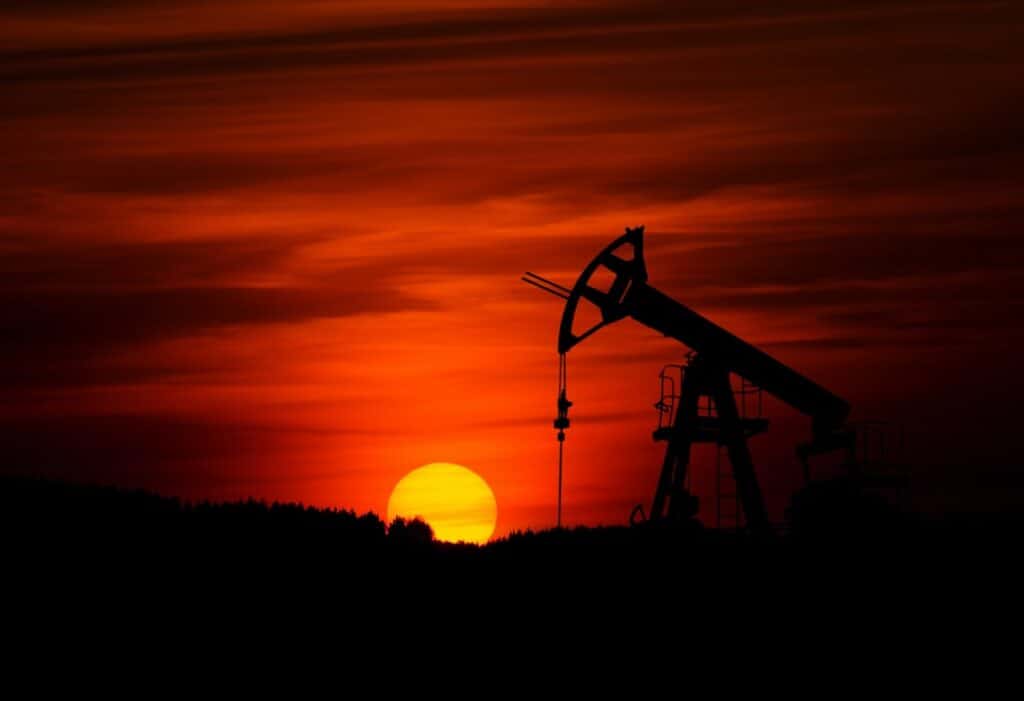
In 1995, oil was discovered off the coast of the country, and now 95% of the exports are in crude oil or hydrocarbon production.
The oil industry has increased the GDP of the country drastically as well as the quality of life in the cities (thought ¾ of the population still live in poverty). The country is very modern, with paved roads better than anywhere else on the continent.
Unfortunately, the oil will run out in about 2035. The government has already begun planning how they will transition the economy of the country when the inevitable does come.
Government
The country has an authoritarian government run by Teodoro Obiang Nguema Mbasogo as president. He is currently the longest running African president and has been in charge since 1979.
Population
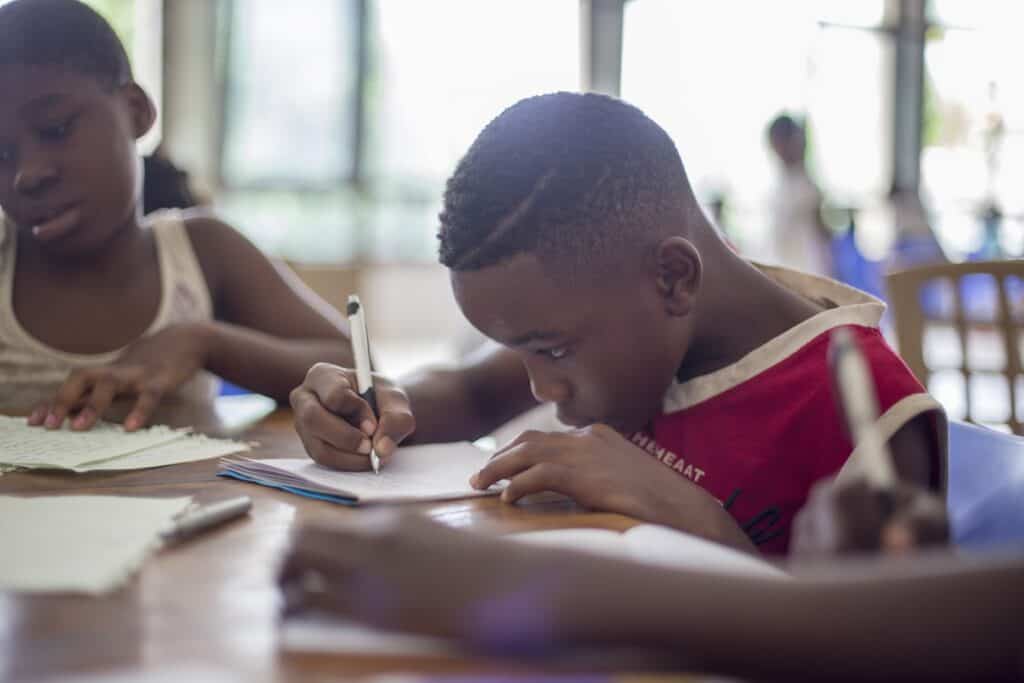
Equatorial Guinea is home to about 1.4 million people. The majority of the people are of Fang tribe descent, followed by the Bubi people.
Spanish is the official language and is spoken by 70% of the country. The currency is the Central African CFA franc. 80% of the country identifies as Catholic.
Olympic Victory
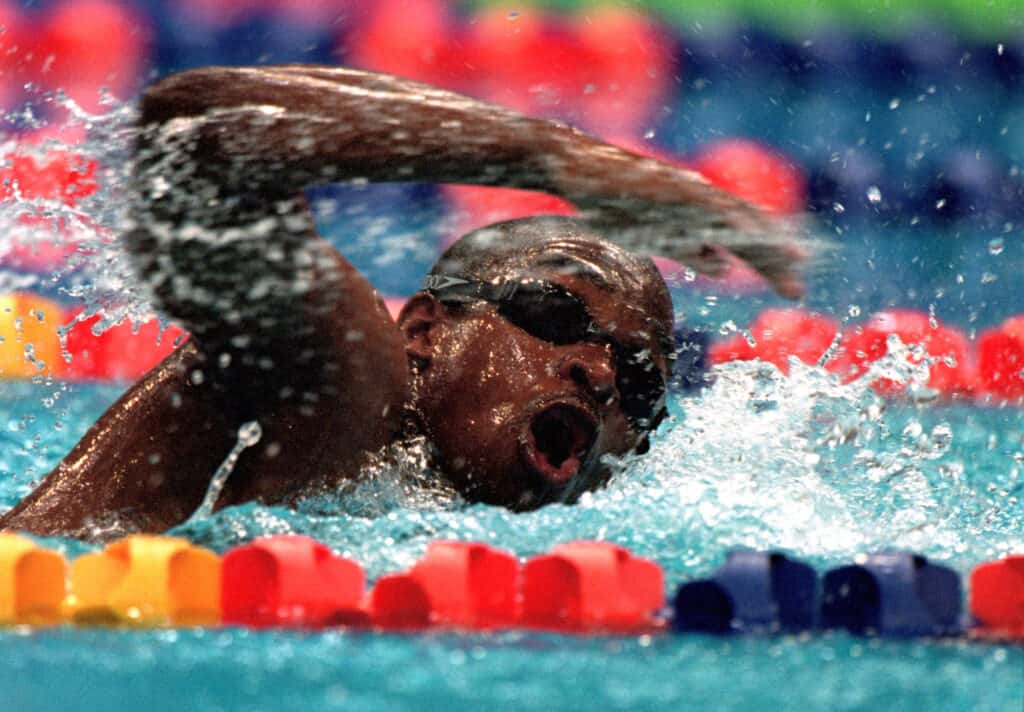
In the 2000 Olympics, Eric Moussambani Malonga won his heat in the 100 m Freestyle, despite never having seen an Olympic sized pool before!
He struggled to finish the race but finally clocked in at 1:52.72, far too slow to even advance to the next round.
However, both of his opponents were disqualified for false starts, and he won anyways! He also set a personal record and a record for Equatorial Guinea.
Food of Equatorial Guinea
Cassava is a staple of the food in the country. Due to the history of Equatorial’s Guinea, it is easy to find Spanish influences in the cuisine!

